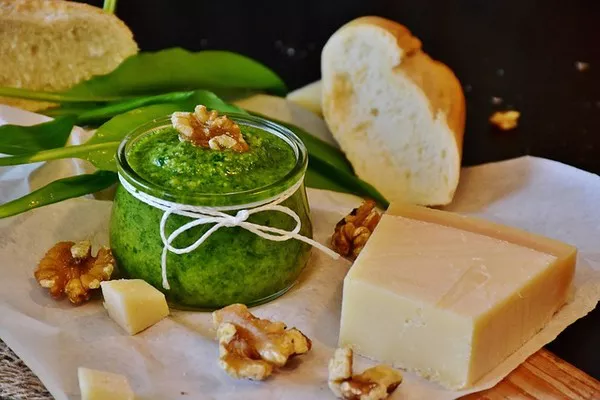Indoor plants have gained immense popularity as they not only bring a touch of nature into our living spaces but also offer various benefits such as improved air quality and stress reduction. However, successfully caring for indoor plants requires more than just watering and sunlight. Maintaining proper humidity levels is crucial for the well-being of many plant species, particularly those that thrive in more humid environments. One effective and aesthetically pleasing way to increase humidity around your plants is by using a pebble tray. In this article, we will delve into the step-by-step process of creating a pebble tray for your plants, along with its benefits and considerations.
Understanding the Concept: Why Use a Pebble Tray?
Before delving into the creation process, let’s understand the rationale behind using a pebble tray for plants. Many indoor plants, especially those originating from tropical regions, require higher humidity levels to flourish. Unfortunately, indoor environments with heating or air conditioning systems often have dry air, which can stress out these plants and lead to issues like leaf browning, wilting, and slowed growth.
A pebble tray acts as a simple yet effective solution to counteract low humidity levels. It works by increasing humidity through the process of evaporation. The basic principle involves placing a tray filled with water and pebbles underneath the potted plant. As the water evaporates from the surface of the tray, it raises the humidity in the immediate vicinity of the plant, creating a microclimate that mimics the plant’s natural habitat.
Materials Needed:
Tray or Saucer: Choose a shallow, waterproof tray or saucer that is slightly larger than the plant’s pot. It should be able to accommodate enough pebbles and water while fitting comfortably beneath the plant.
Pebbles or Stones: Opt for clean and smooth pebbles or stones that are large enough not to be ingested by curious pets or children. The pebbles will elevate the plant’s pot above the water in the tray.
Water: Use distilled water or tap water that has been allowed to sit for at least 24 hours. This prevents the accumulation of harmful chemicals or minerals on the plant’s leaves as the water evaporates.
Plant Misting Bottle (Optional): While not necessary, having a plant mister on hand can be useful for providing an extra boost of humidity to your plants.
Steps:
1.Select the Location: Choose an appropriate location for your plant and pebble tray. The tray should be placed beneath the plant’s pot without obstructing its access to light. Make sure the tray is on a level surface to prevent water spillage.
2. Prepare the Tray: Fill the tray with a layer of pebbles or stones. The depth of the pebbles should be sufficient to keep the plant’s pot above the water line once it’s placed on the tray. Generally, a layer of around 1 to 2 inches should be adequate.
3. Add Water: Pour water into the tray, allowing it to come up to the level of the top layer of pebbles. The water should be in contact with the pebbles but not submerged above them. This ensures that the pot remains elevated and doesn’t absorb excess moisture.
4. Place the Plant: Gently place the potted plant on top of the pebbles in the tray. Ensure that the pot is stable and level.
5. Monitor and Refill: Keep an eye on the water level in the tray. As the water evaporates over time, replenish it to maintain a consistent level of humidity. It’s important to strike a balance – the water level should be adequate to support evaporation without oversaturating the air around the plant.
6. Optional Misting: Depending on the plant’s requirements and the ambient humidity, you can also mist the plant’s leaves periodically using a plant mister. This provides an additional source of moisture, enhancing the humidity in the immediate vicinity of the plant.
Benefits of Using a Pebble Tray:
Improved Humidity: The primary advantage of using a pebble tray is the creation of a localized humid microclimate around the plant. This is especially beneficial for plants that thrive in higher humidity environments.
Aesthetic Appeal: Pebble trays not only serve a functional purpose but also add an aesthetic element to your indoor plant displays. The arrangement of pebbles can complement your plant’s aesthetic and contribute to the overall decor.
Low Maintenance: Creating and maintaining a pebble tray is relatively easy and requires minimal effort. Regularly monitoring and refilling the water are the main tasks involved.
Considerations:
Plant Selection: While many plants benefit from increased humidity, not all plants require it. Research the specific humidity preferences of your plants before using a pebble tray.
Overwatering Risk: It’s important to strike a balance between providing sufficient humidity and avoiding overwatering. Ensure that the water level in the tray does not come into direct contact with the plant’s pot, as this can lead to root rot.
Regular Cleaning: Over time, the water in the tray can become stagnant and develop algae. Regularly clean the tray and change the water to prevent any potential issues.
In conclusion
a pebble tray is a practical and visually appealing way to enhance humidity levels for indoor plants, particularly those that thrive in more humid environments. By following the step-by-step guide outlined in this article, you can create a pebble tray that not only contributes to the well-being of your plants but also adds an element of beauty to your indoor space. Remember to tailor the approach to the specific needs of your plants and enjoy the benefits of a healthier, more vibrant indoor garden.


